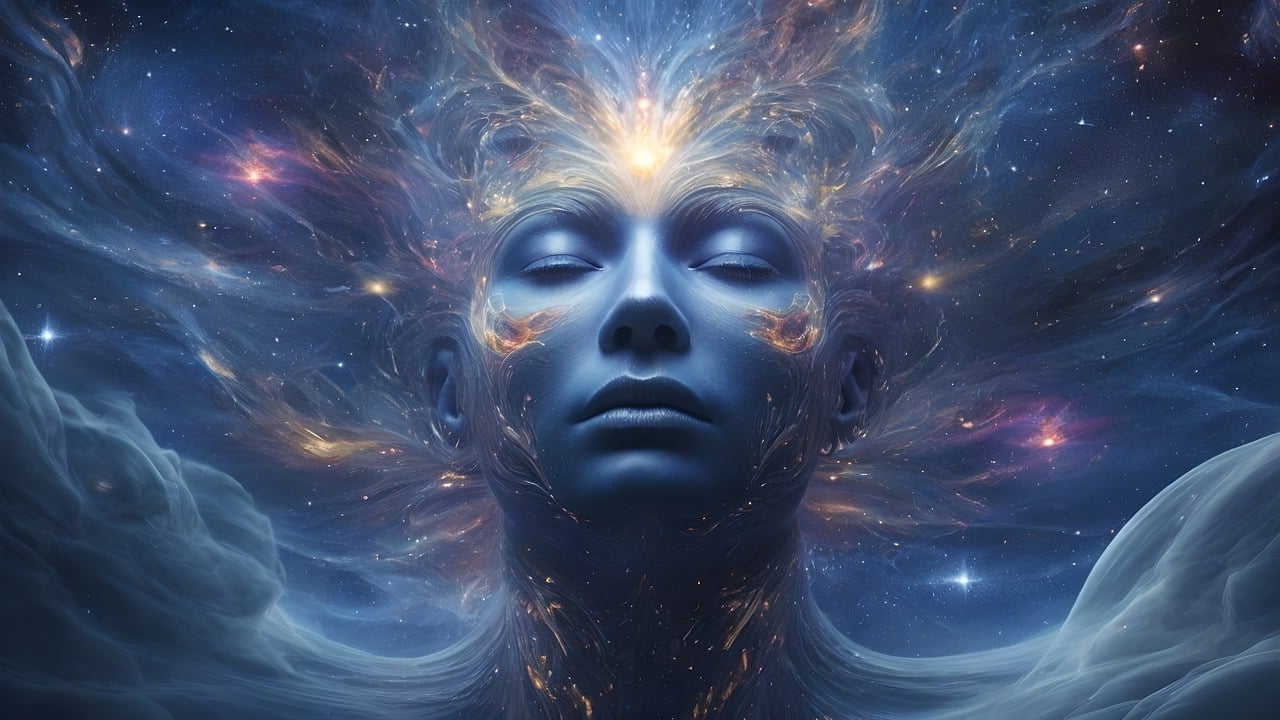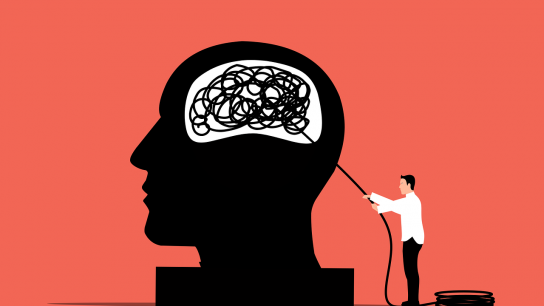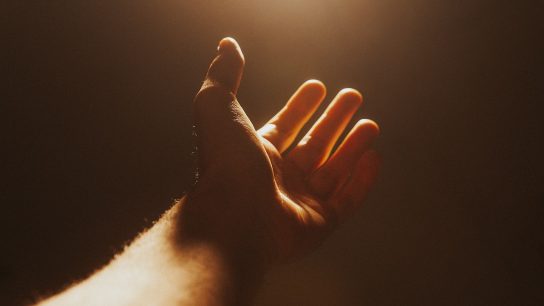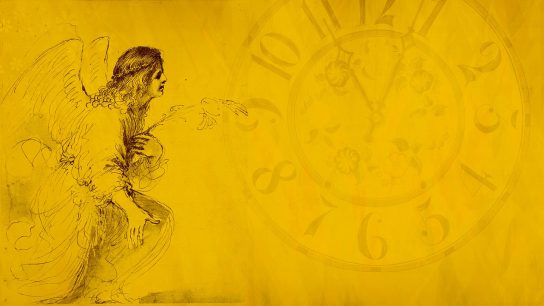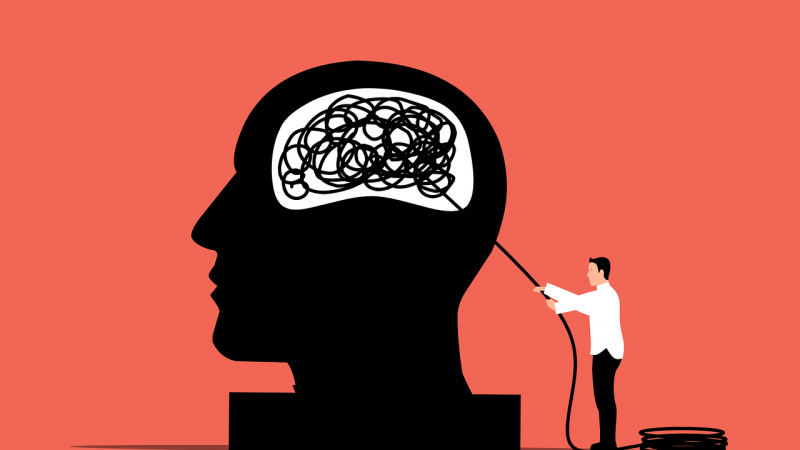Yes, it is normal for some people to see others’ aura. In this article, we will explore the topic of aura perception and its connection to mental health and personal development.
Introduction
Welcome to this article exploring the intriguing phenomenon of aura perception. Have you ever wondered if it’s normal for some people to see others’ aura? Throughout this discussion, we will delve into the world of mental health, dream analysis, and personal development to shed light on this fascinating topic. Understanding aura perception can provide valuable insights into our psychological well-being and self-discovery. By analyzing dreams, exploring the subconscious mind, and practicing self-reflection, we can uncover unconscious thoughts and emotions that may influence our perception of auras. Join us on this journey of exploration and understanding as we dive into the realm of aura perception.
Definition of aura
An aura is often described as a subtle energy field that surrounds a person’s body. It is believed to be a reflection of their physical, mental, and emotional states. While not visible to everyone, some individuals possess the ability to perceive auras as colors or vibrations surrounding a person. The colors and intensity of an aura can vary, symbolizing different aspects of a person’s health, mood, or spiritual state. Aura perception has been studied across various cultures and spiritual practices, with different interpretations and beliefs surrounding its meaning. It is a fascinating phenomenon that invites exploration and understanding of the human energy field.
Overview of the topic
In this article, we will explore the fascinating topic of aura perception and its implications for mental health and personal development. We will start by understanding the importance of mental health and the factors that influence psychological well-being. Then, we will delve into the significance of analyzing dreams and the role of unconscious thoughts and emotions in our dreams. Next, we will introduce the concept of aura perception and examine different perspectives surrounding it. We will also discuss the role of the subconscious mind in perceiving auras and how self-discovery and introspection relate to subconscious patterns. Finally, we will explore the practice of dream interpretation and aura perception for insight and psychological growth. Join us on this journey of self-reflection and understanding to uncover the hidden dimensions of aura perception.
Understanding Mental Health and Psychological Well-being
Mental health is a vital aspect of overall well-being, encompassing our emotional, psychological, and social well-being. It affects how we think, feel, and act, and influences our ability to cope with stress, relate to others, and make decisions. Factors such as genetics, life experiences, and environment can impact our mental health. Prioritizing mental health is essential for maintaining a balanced and fulfilling life. Psychological well-being refers to a state of optimal functioning, characterized by positive emotions, engagement, meaningful relationships, a sense of purpose, and personal fulfillment. It is a multidimensional concept encompassing aspects such as self-esteem, resilience, and overall life satisfaction.
Importance of mental health
Mental health plays a crucial role in our overall well-being and quality of life; Taking care of our mental health is just as important as taking care of our physical health. It affects how we think, feel, and behave, influencing our relationships, work performance, and daily functioning. Prioritizing mental health allows us to better manage stress, build resilience, and maintain a positive mindset. It also enables us to effectively navigate life’s challenges and seek support when needed. By fostering good mental health practices, we can lead fulfilling lives, cultivate healthy relationships, and achieve personal growth and self-actualization.
Factors influencing psychological well-being
Psychological well-being is influenced by a variety of factors. These include our social relationships and support networks, the level of autonomy we have in our lives, our sense of purpose and meaning, and our ability to manage and cope with stress. Additionally, our physical health, lifestyle choices, and the balance between work and leisure activities can impact our psychological well-being. Other factors to consider include our self-esteem, self-acceptance, and our ability to engage in personal growth and self-reflection. By understanding these factors and actively working on them, we can promote our psychological well-being and improve our overall quality of life.
Exploring Dreams and Dream Analysis
Dreams offer a unique window into our subconscious mind and can provide valuable insights into our emotions, thoughts, and experiences; Dream analysis involves the interpretation of the symbols, events, and emotions experienced in dreams to gain a deeper understanding of our inner selves. By exploring our dreams, we can uncover unconscious thoughts, unresolved issues, and hidden desires that may influence our waking life. Dream analysis can be a powerful tool for self-discovery, problem-solving, and personal growth. It encourages self-reflection, introspection, and the exploration of our subconscious mind, leading to a better understanding of ourselves and our psychological well-being.
The significance of analyzing dreams
Analyzing dreams holds significant importance in understanding our inner psychological landscape. Dreams allow us to tap into our subconscious mind, giving us access to information that may be hidden from our conscious awareness. By analyzing dreams, we can uncover patterns, symbols, and themes that reveal our deepest desires, fears, and unresolved emotions. This process of self-discovery helps us gain valuable insights into our thought processes, behaviors, and relationships. Moreover, analyzing dreams can aid in identifying recurring patterns and unresolved conflicts, leading to personal growth, healing, and improved overall well-being. It is a powerful tool for self-reflection and understanding our inner world.
Unconscious thoughts and emotions in dreams
Dreams provide a unique platform for the expression of our unconscious thoughts and emotions. When we dream, our subconscious mind takes center stage, allowing repressed feelings, desires, and memories to come to the surface. Dreams can reflect our deepest fears, anxieties, aspirations, and unresolved conflicts. By exploring the unconscious elements present in our dreams, we uncover valuable insights into our emotional landscape and psychological well-being. Analyzing these unconscious thoughts and emotions can offer opportunities for healing, self-reflection, and personal growth. It empowers us to address unresolved issues, cultivate self-awareness, and make positive changes in our lives.
Introduction to Aura Perception
Aura perception is a fascinating phenomenon that involves the ability to perceive and interpret the energy fields that surround living beings. While not widely understood or accepted by mainstream science, many individuals report the ability to see or sense these auras. Aura perception has been observed and documented across various cultures and spiritual traditions throughout history; It is believed that auras reflect a person’s physical, emotional, and spiritual states. This intriguing practice involves developing heightened sensitivity, intuition, and awareness to perceive the subtle energies that surround us. It offers a unique perspective on the interconnectedness of mind, body, and spirit.
What is aura perception?
Aura perception refers to the ability to visually perceive or sense the energy fields that surround living beings, known as auras. Auras are believed to be composed of subtle vibrations or colors that emanate from a person’s physical, emotional, and spiritual states. Individuals with the gift of aura perception may see these energy fields as colors, light, or even as a sense of presence. Aura perception is often associated with heightened intuition, sensitivity, and awareness. It is seen as a way to gain deeper insight into a person’s overall well-being and can be utilized in various spiritual, healing, and personal development practices.
Different perspectives on aura perception
Aura perception is approached from various perspectives, depending on cultural, spiritual, and metaphysical beliefs. Some view auras as direct reflections of a person’s physical, mental, and emotional health, while others interpret them as representations of a person’s spiritual or energetic essence. Certain perspectives associate specific colors or patterns in the aura with different qualities or states of being. It’s important to recognize that aura perception is subjective and open to individual interpretation. Understanding different perspectives allows for a broader understanding of this phenomenon and encourages respect for diverse beliefs and experiences surrounding aura perception.
Understanding the Subconscious Mind
The subconscious mind plays a critical role in various aspects of our lives, including aura perception. It includes thoughts, emotions, and memories that are not actively in our conscious awareness but still influence our behaviors, beliefs, and perceptions. Our subconscious mind processes information at a remarkable speed and holds immense power over our thoughts and actions. It acts as a bridge between our conscious mind and the deeper layers of our psyche. Exploring the subconscious mind through practices like dream analysis and self-reflection can lead to profound self-discovery, helping us understand the underlying factors that shape our aura perception and overall psychological well-being.
Role of the subconscious mind in perceiving auras
The subconscious mind plays a significant role in perceiving auras. It filters and processes sensory information, allowing us to become aware of subtle energetic frequencies that may manifest as colors or sensations in our perception. The subconscious mind, being more closely connected to our intuition and deeper awareness, has the capacity to notice and interpret the subtle nuances within a person’s aura. It acts as a conduit through which we can tap into our innate abilities of aura perception. Understanding and accessing the workings of the subconscious mind can enhance our ability to perceive and interpret auras accurately and with greater clarity.
How self-discovery and introspection relate to subconscious patterns
Self-discovery and introspection are powerful tools for understanding the subconscious patterns that influence aura perception; By engaging in self-exploration, we can uncover hidden beliefs, experiences, and traumas that shape our perception of auras. Introspection allows us to examine our thoughts, emotions, and behaviors, enabling us to identify any biases, fears, or assumptions that may color our perception. Through self-discovery, we can gain insight into our subconscious programming and conditioning, facilitating a deeper understanding of ourselves and others. By shedding light on our subconscious patterns, self-discovery and introspection pave the way for personal growth, authenticity, and more accurate aura perception.
The Practice of Dream Interpretation and Aura Perception
The practice of dream interpretation and aura perception often go hand in hand, as both involve exploring the subtle aspects of our psyche. Dreams can provide valuable clues about a person’s aura and energy field. Engaging in dream analysis allows us to uncover the subconscious thoughts, emotions, and experiences that may affect our aura perception. By paying attention to the symbols, themes, and emotions present in our dreams, we can gain insights into our own energy and those of others. The practice of dream interpretation and aura perception can deepen our understanding of ourselves and expand our perception of the energetic world.
The connection between dream interpretation and aura perception
Dream interpretation and aura perception share a deep connection in the realm of self-discovery and understanding. Dream analysis can offer insights into the subconscious mind, revealing patterns, emotions, and unresolved issues that may impact our aura perception. By examining dreams, we can identify symbols, colors, or sensations that relate to a person’s aura, providing a deeper understanding of their energetic state. Likewise, aura perception can enhance dream interpretation by revealing the energies or vibrations that may be influencing the dreamer. The synergy between these practices allows for a holistic exploration of the self, leading to greater insight, personal growth, and a deeper connection with the energetic dimensions of existence.
Using dream analysis for insight and psychological growth
Dream analysis can be a powerful tool for gaining insight and fostering psychological growth. By exploring the symbols, themes, and emotions in our dreams, we can unearth subconscious thoughts and desires that impact our aura perception. Dream analysis promotes self-reflection, allowing us to gain a deeper understanding of our fears, hopes, and unresolved issues. Through this process, we can identify patterns, limiting beliefs, and areas for personal growth. By integrating the insights gained from dream analysis into our daily lives, we can make positive changes, heal emotional wounds, and cultivate a stronger connection with ourselves and others. Dream analysis offers a transformative journey towards greater self-awareness and psychological well-being.
Self-reflection and Personal Development
Self-reflection is a powerful practice that can deepen our understanding of aura perception and promote personal development. By engaging in self-reflection, we create space for introspection and self-awareness. This process allows us to explore our thoughts, emotions, and behaviors in relation to aura perception. It enables us to identify any biases, projections, or unconscious patterns that may influence how we perceive and interpret auras. Self-reflection fosters personal growth by encouraging us to take responsibility for our perceptions and cultivate a more authentic and compassionate understanding of others. Embracing self-reflection allows us to cultivate greater empathy, connection, and personal development along our journey of understanding aura perception.
The role of self-reflection in understanding aura perception
Self-reflection plays a crucial role in understanding aura perception. By engaging in self-reflection, we can examine our beliefs, biases, and preconceptions that may shape our perception of auras. It allows us to question our assumptions, develop self-awareness, and identify any unconscious patterns that may affect how we perceive and interpret the energies around us. Self-reflection encourages us to explore our own emotional landscape, understand our triggers, and cultivate empathy towards others. By seeking to understand ourselves, we can develop a deeper understanding of aura perception and create a more open and compassionate approach to perceiving and interacting with the auras of others.
Harnessing aura perception for personal development
Aura perception can be harnessed as a powerful tool for personal development. By cultivating our ability to perceive and interpret auras, we gain insights into the energetic dynamics within ourselves and others. This heightened awareness allows us to recognize and address any imbalances, blockages, or unresolved issues that may be hindering our personal growth. By harnessing aura perception, we can deepen our self-awareness, expand our understanding of the interconnectedness of all beings, and develop greater empathy and compassion. Utilizing aura perception as a tool for personal development empowers us to embark on a transformative journey of inner exploration, healing, and enhanced well-being.
Aura Perception and Mental Well-being
Aura perception can have a significant impact on our mental well-being. By developing the ability to perceive and interpret auras, we gain valuable insights into our own emotional state and those of others. This heightened awareness enhances our understanding of energetic boundaries, emotional triggers, and interpersonal dynamics, resulting in improved self-regulation and emotional intelligence. Aura perception can also deepen our connection with the present moment and promote mindfulness. By integrating aura perception into our daily lives, we can cultivate a greater sense of balance, harmony, and overall mental well-being, leading to a more fulfilling and balanced life.
The impact of aura perception on mental well-being
Aura perception can have a profound impact on our mental well-being. By honing our ability to perceive auras, we become more attuned to the subtle energies around us and within ourselves. This heightened awareness allows us to recognize and address any energetic imbalances or blockages that may contribute to mental distress. Aura perception brings an increased sense of self-awareness, emotional intelligence, and mindfulness, empowering us to navigate stress, regulate emotions, and foster positive relationships. The practice of aura perception promotes a deep sense of connection, self-acceptance, and inner harmony, contributing to enhanced mental well-being and overall emotional balance.
The potential benefits of aura perception in therapy
Aura perception can offer significant benefits when integrated into therapy. It serves as an additional tool for therapists to explore and understand their clients’ emotional and energetic experiences. By perceiving auras, therapists may gain deeper insights into clients’ unconscious dynamics, helping to identify and address underlying issues. Aura perception can also facilitate a stronger therapeutic alliance by fostering a sense of validation, empathy, and understanding. Through the lens of aura perception, therapists can guide clients towards greater self-awareness, self-acceptance, and personal growth. This integration of aura perception into therapy can enhance the therapeutic process, promoting holistic well-being and fostering transformative healing.
Encouragement for further exploration and understanding
As we conclude this exploration of aura perception and its potential impact on our well-being, I encourage you to further delve into this intriguing topic. Continue to explore your own aura perception abilities, whether through self-reflection, dream analysis, or seeking guidance from experienced practitioners. Engage in personal development practices that enhance self-awareness and mindfulness, as they can further deepen your understanding of aura perception. Remember, each person’s journey with aura perception is unique, and there is much to explore and learn. Embrace curiosity, open-mindedness, and self-discovery as you continue to uncover the mysteries of aura perception and its connection to our inner worlds.
